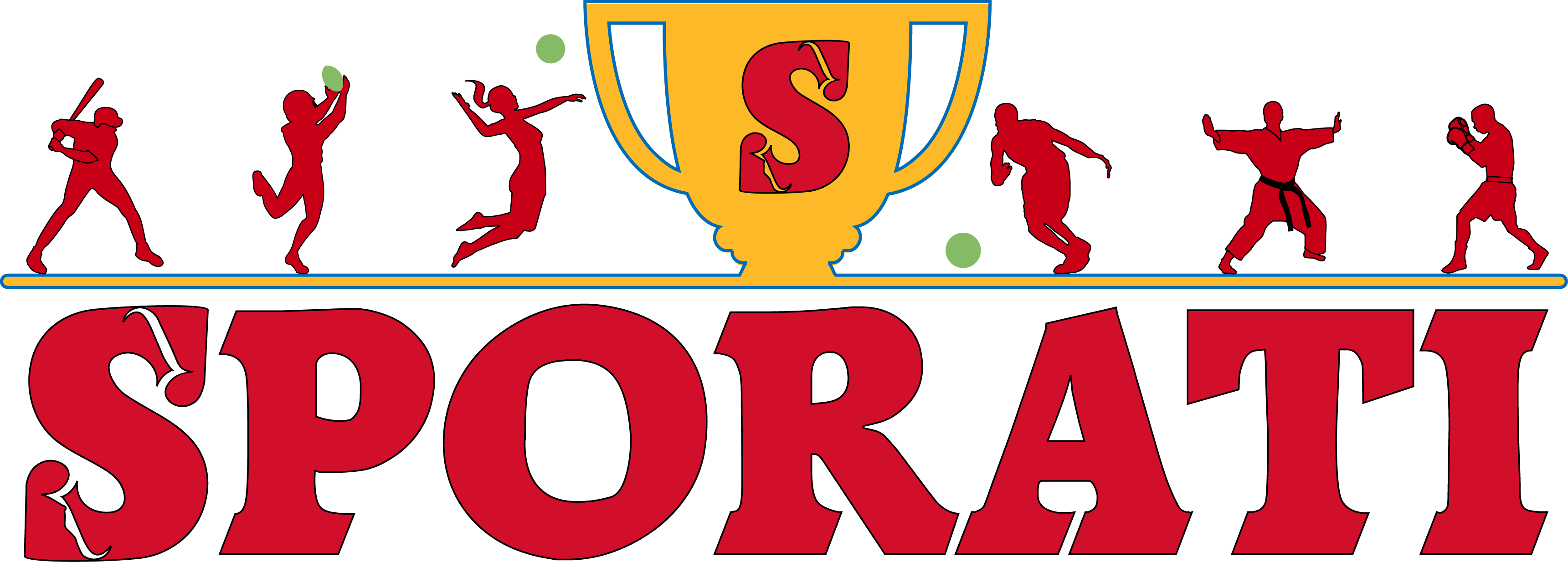Disgraced UFC Fighter’s Rebrand
In the no-holds-barred world of mixed martial arts, it’s not often that a fighter’s career takes a sudden pivot toward the theater of pure villainy. Yet, here we arewitnessing one of the biggest rebrands in UFC history. The fighter in question is [Name Redacted for Legal Reasons], whose meteoric rise in the Octagon came crashing down under the weight of personal scandal, a suspension, and the ignoble label of “disgraced.” But instead of retreating into obscurity, they’ve doubled down. Leaning unapologetically into their “evil” persona, they’re attempting to turn scorn into spectacle. Is this their redemption arc or just another act in an increasingly absurd drama? Let’s dig in.
From Fighter to Fallen Star
The fall was as public as it was embarrassing. Once regarded as one of the UFC’s most promising fighters, [Redacted] was known for their quick hands, iron chin, and a flair for theatrics inside the cage. But outside the arena? Chaos. A cocktail of legal troubles, social media scandals, and a series of regrettable decisions culminated in a highly publicized suspension issued by the UFC. The details are well-reported, but suffice it to say the fighter’s reputation was foot-swept into oblivion.
As the sponsorships dried up and their ranking plummeted, fans speculated: could there possibly be a road back for them? It turns out, the road back was paved not with apologies or atonement but with pure, unfiltered audacity.
The Heel Turn
If you grew up watching professional wrestling in the ’90s, you’ll recognize the strategy. They’ve taken a page straight out of the World Wrestling Entertainment (WWE) villain handbook. Instead of salvaging their good-guy image, the fighter has embraced the role of a heela bad guy who loves being hated. They’ve traded their humble, everyman charm for blaring entry music, biting social media posts, and what’s being referred to as the “ultimate anti-apology tour.”
Case in point: at a recent public appearance, rather than addressing the multiple controversies swirling around them, they leaned into the boos, smirking and declaring, “I’ll be the bad guy if that’s what you need me to be.” For better or worse, fansand criticshave certainly taken the bait.
“Villains are more memorable,” they quipped during an interview.
“…and after my next fight, you’ll remember me forever.”
Their newfound swagger has spilled into everything. From donning black trunks with ominous prints to hosting promos in sunglasses indoors, it’s all part of what one fan sarcastically dubbed “the UFC’s next supervillain origin story.”
Marketing Brilliance or Career Suicide?
Here’s where things get murky. From a marketing perspective, this pivot has some merit. Controversy sells. Whether it’s Conor McGregor’s trash-talking antics or Colby Covington’s polarizing persona, the UFC has long thrived on fighters who can spark emotional responses. Love them or hate them, you pay to watch them, and that’s exactly what [Redacted] seems to be banking on.
But unlike McGregor or Covington, who walked a fine line between entertaining and infuriating, this fighter may have overshot into outright provocation. Haters question if their antics will overshadow actual athletic ability, while loyalists defend the approach as genius. From a PR standpoint, the gamble is razor-thin. Virtually every interactionfrom press conferences to public weigh-insfunctions as both an advertisement and a referendum on how far they’re willing to push public dislike.
- Social Media Backlash: Trolls have swarmed their Instagram, posting clown emojis by the droves.
- Brand Fallout: High-profile sponsor deals have evaporated, with one brand calling their behavior “incompatible with organizational values.”
- Fan Engagement: Oddly enough, attendance at UFC events where they’re featured has seen a sharp uptick.
The Fight Ahead
It’s clear that the ultimate test will come in the Octagon. MMA fandom has a way of forgiving almost anything if you can produce stunning results where it matters. The question is, can [Redacted] back up their bluster with a win? Their next matchupwhich, if rumors are correct, will feature another controversial figuremay provide some clarity.
In many ways, this fight is a referendum not just on their physical skills but on their entire rebranding effort. A loss would be devastating, cementing their status as more show than substance. A win, however, could elevate the narrative and provide validation for this entire strategy.
Will Fans Play Along?
The UFC fanbase is remarkably fickle, often alternating between rage and reverence overnight. So, while this rebranding as UFC’s ultimate villain may appall purists, it also has the potential to attract new audiences. After all, we live in the age of viral moments, and their antics are made for quick, shareable soundbites. Ask yourself: how many people swore they’d never watch a Jake Paul fight and then ended up streaming it anyway?
“Hate and love are two sides of the same coin,” another UFC fighter remarked recently. “What you don’t want is indifference.”
The Verdict
Whether you admire their tenacity or bemoan the depths they’ve sunk to, one thing is certain: this rebrand has made them impossible to ignore. And if attention is the currency of the modern fight game, then they’re laughing all the way to the proverbial bank.
The UFC has always been about showmanship as much as competition. We’ve seen brawlers, brash talkers, and humble technicians. Now, we have a full-blown villain, complete with theatrical flair. Could this be the future of the UFC, or is it just a sideshow on its way to self-destruction? Either way, we’ll all be watching.

